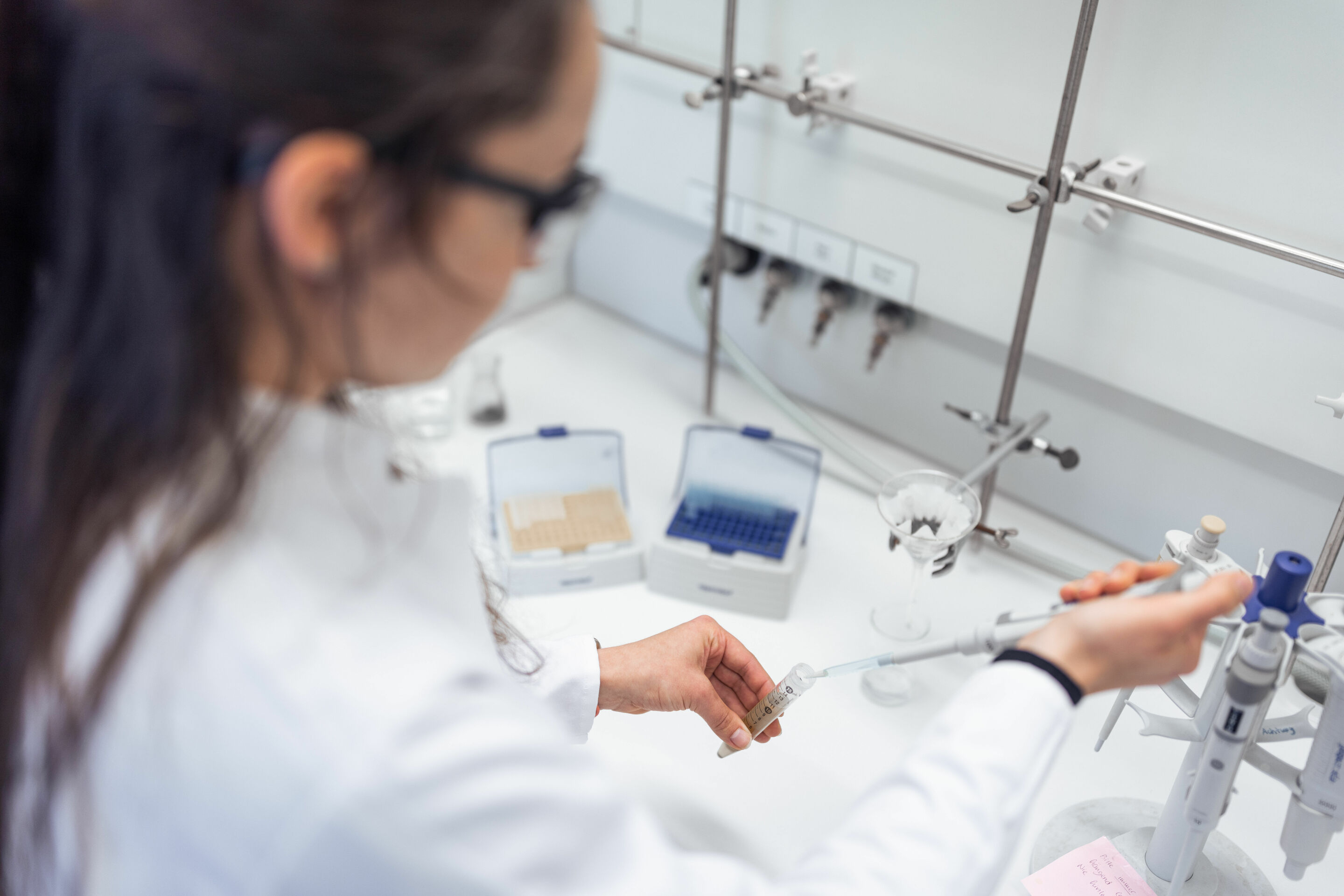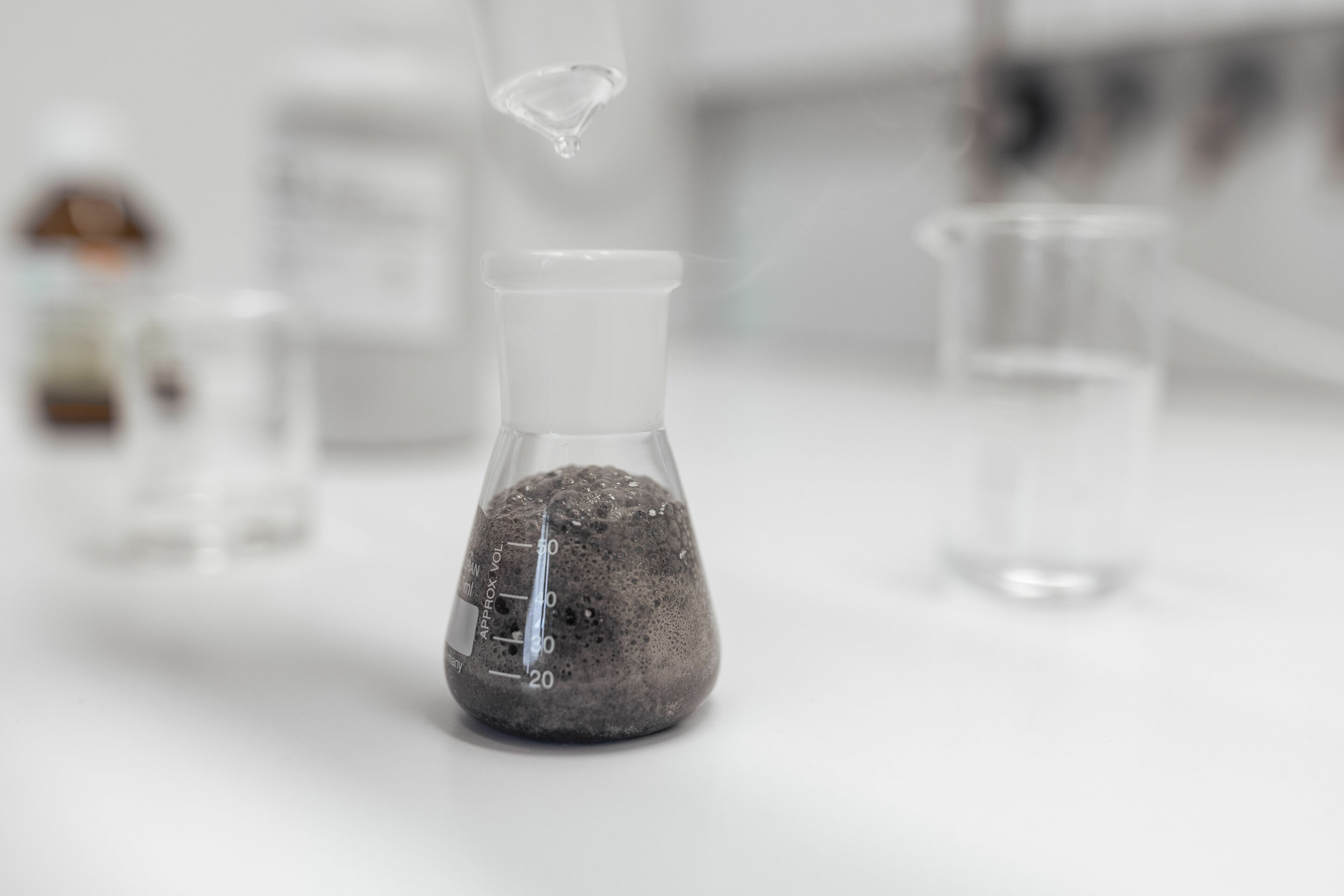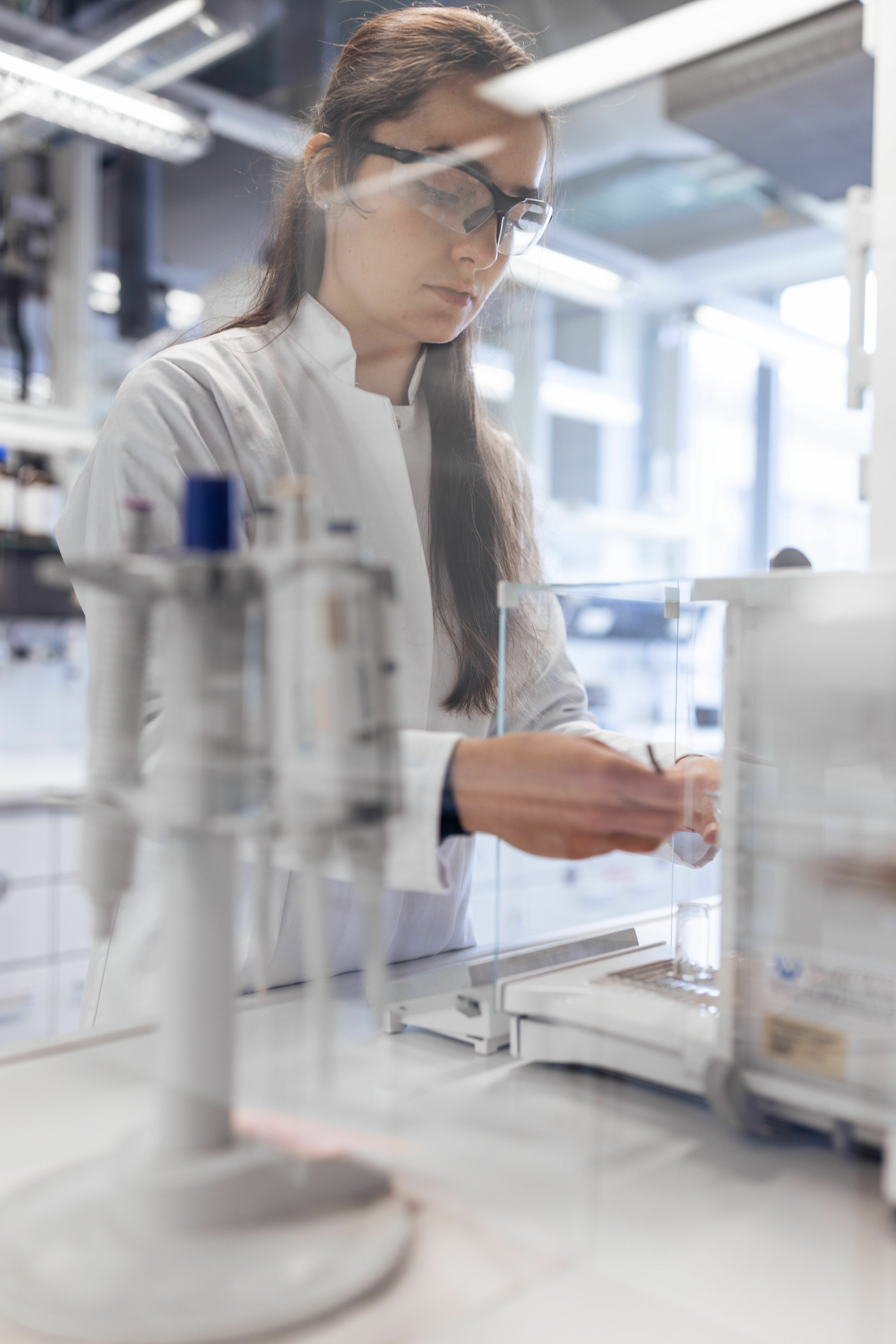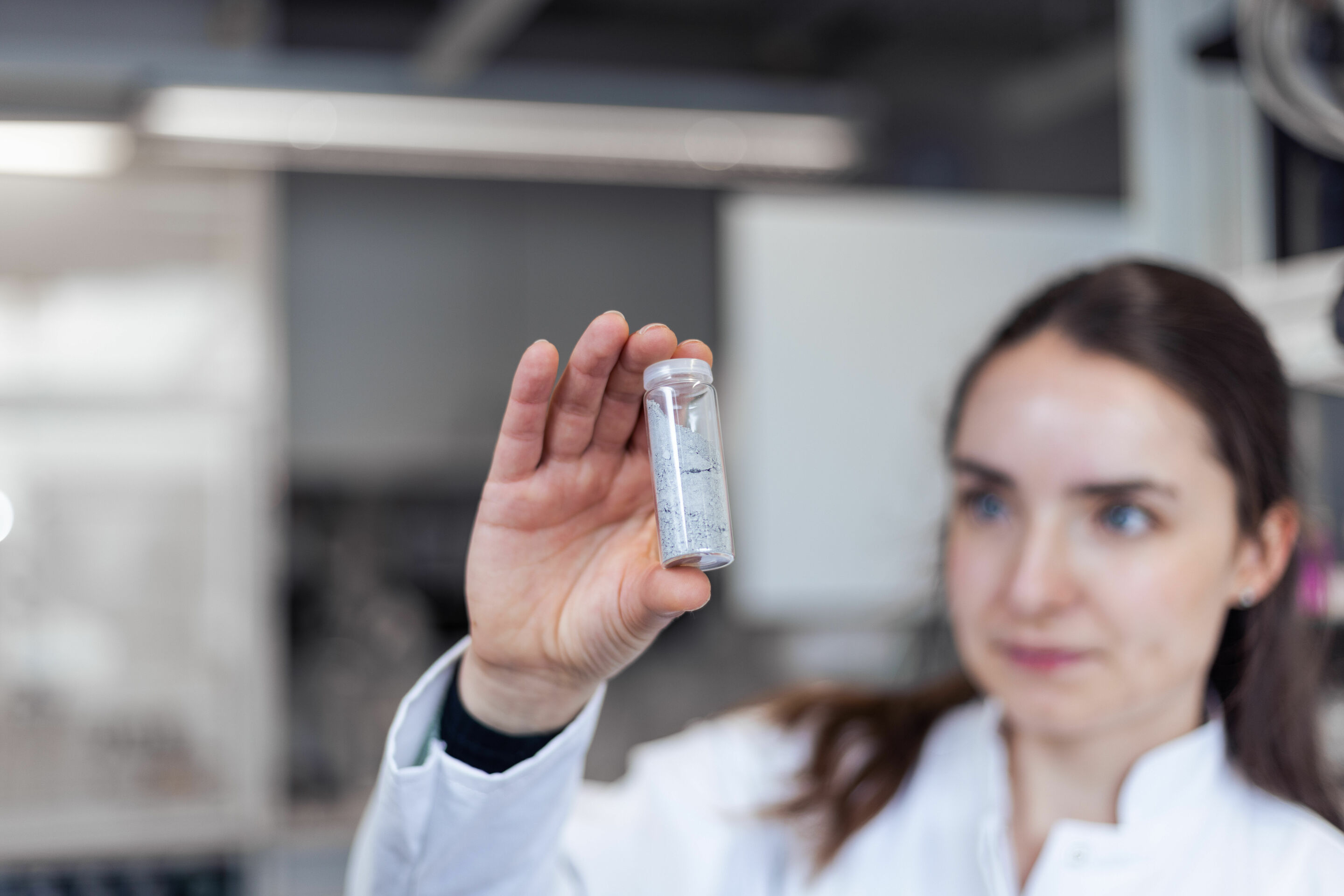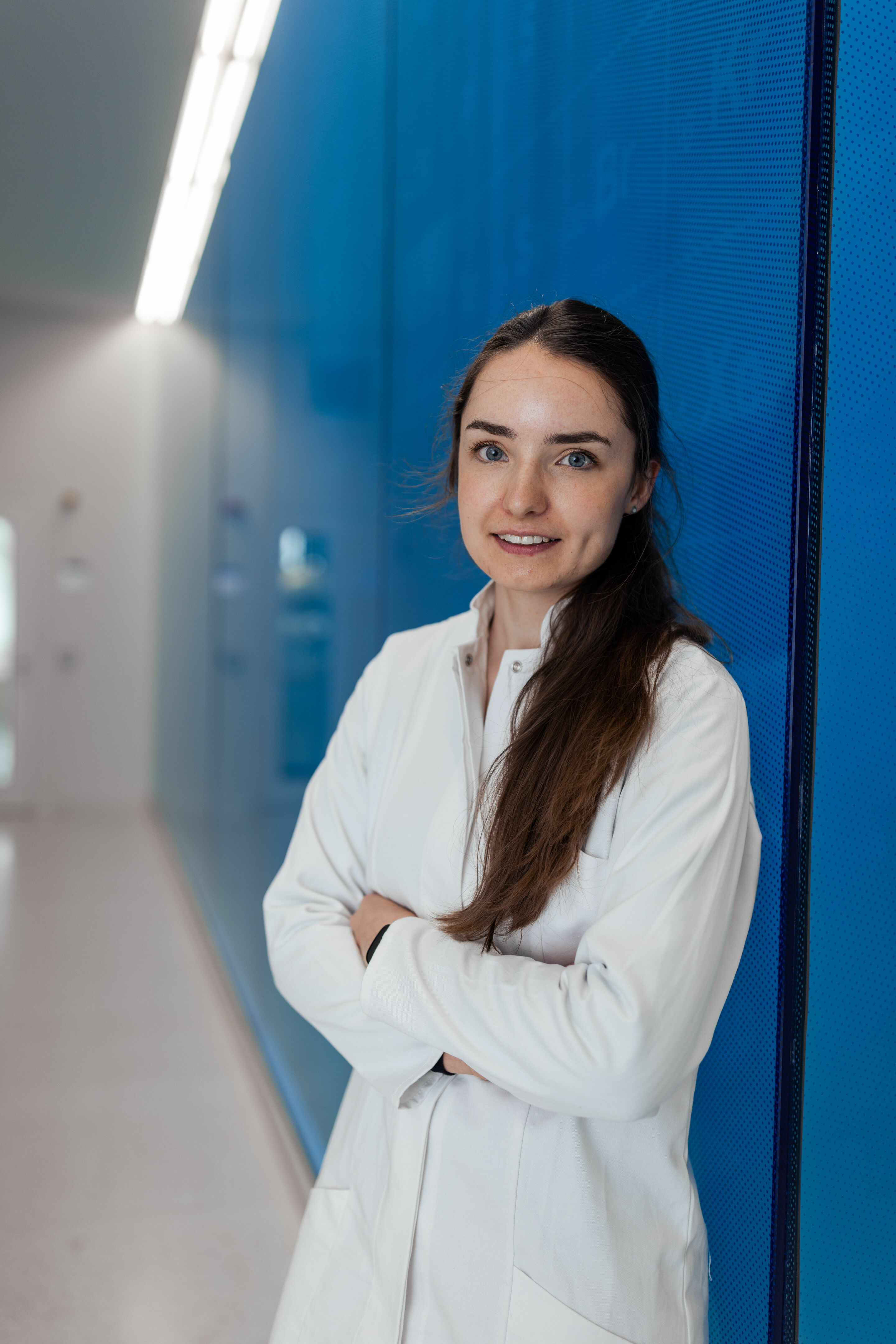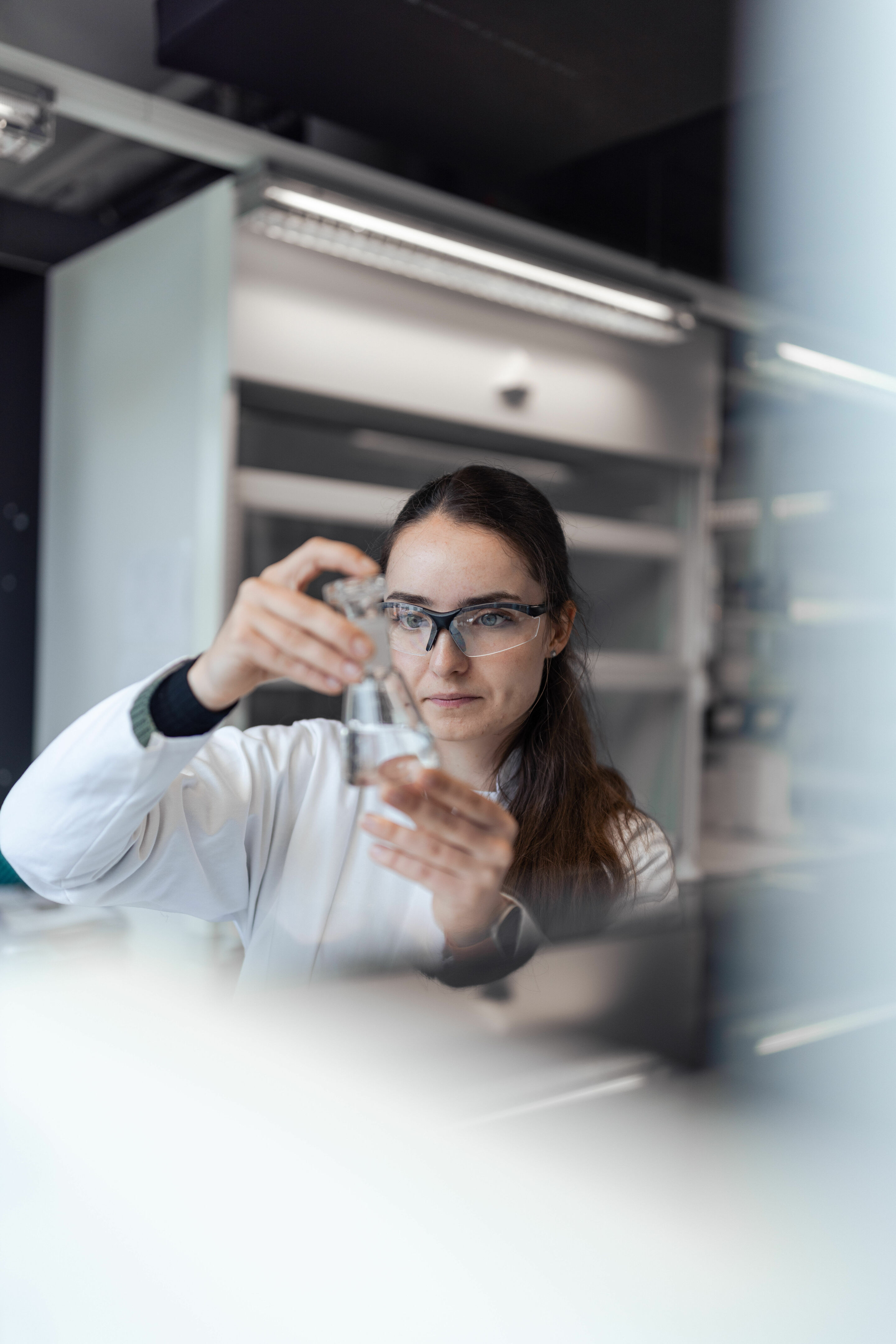Recovering high-tech metals from electronic waste: The Audi Environmental Foundation funds research into new recycling process
- Scalable recycling process for strategic metals will facilitate recovery
- Mining project at the Freiberg University of Mining and Technology focuses on developing a versatile “tweezer technology” for the selective extraction of indium, gallium, and tin
- Rüdiger Recknagel, Director of the Audi Environmental Foundation: “The project is an important contribution to establishing more resource cycles”
The Audi Environmental Foundation has joined forces with the Freiberg University of Mining and Technology to research new ways of recovering raw materials through recycling. Elements such as indium, gallium, or even tin are both finite and essential for modern technologies such as fiber optics, photovoltaics, and semiconductors. Every electronic device is made up of parts that contain these elements. A selective extraction process is planned that will recover these raw materials from incinerated waste. Currently, such materials are lost when the electronic parts that contain them are thrown away with household waste. The new process is designed to keep these valuable high-tech metals in the cycle.
In 2019, around 16 tons of primary raw materials were consumed per capita in Germany.1 This includes all raw materials extracted from natural sources, in addition to biomass and fossil fuels, as well as iron, copper, lead, and zinc ore. The latter currently have to be almost entirely imported to Germany for processing. But metallic raw materials are depletable resources – and are often rare or found only in dispersed locations. What’s more, the ores also contain large quantities of blind rock, meaning that the metals are not present in their pure form, but have to be extracted using complex chemical–thermal processes before they can be processed. Nevertheless, they are essential for many future technologies, including electromobility, telecommunications, and photovoltaics. The United Nations World Resources Council, among others, predicts that demand for them will increase worldwide by 2030. This is because the demand for raw materials and metals, as well as the semiconductors made from them, is growing along with the number of electrical devices in use around the world. These devices rely on control electronics that are built with customized semiconductors, which in turn are useless without rare-earth elements.
Despite being rare and important elements, they are often lost unintentionally. Many people incorrectly throw away small electrical devices such as flashlights, USB sticks, charging plugs and cables, or even cell phones in their household waste instead of returning them to collection points. In Germany, household waste is usually processed thermally, that is, incinerated. This process does not yield effective recovery of the valuable raw materials contained in the waste for industrial use. Instead, they remain in the slag or fly ash. This in turn is landfilled, which means the technological elements leave the cycle and are lost for further use. This is where a research project on the selective extraction of indium, gallium, and tin, which is being funded by the Audi Environmental Foundation, comes in. The project seeks to extract the metals contained in fly ash or slag after incineration of household waste for later use in new products. Through reuse and recycling, the raw materials do not have to be extracted from the earth in the first place, an approach which can reduce the environmental impact of mining and emissions from the international trade of ores and wrought materials (i.e., raw material equivalents).
Custom-made tweezer heads for metal ions
Based on the selective extraction method, a recycling process is currently being developed in the laboratory by Betty Leibiger, a doctoral student in chemistry at the Freiberg University of Mining and Technology. “The challenge is to produce molecules that specifically bind the desired metal ions,” Leibiger explains. Put simply, Leibiger has to develop a specially shaped “tweezer” that can pick out for separation the desired metal ions from a fly ash solution. Each custom-made “tweezer head” – known in technical terminology as a ligand – fits only one specific metal ion, such as indium. “We then use an acid to make the tweezers release the ions,” Leibiger continues.This approach allows the individual metal ions to be gradually separated out from the mixture and rendered in a purity that makes them usable in technological applications.
“At this stage of the project, the focus is on developing a number of suitable tweezer heads, which will then be tested and further optimized on a small scale,” Leibiger says. Once optimized, the process could be scaled up. In a further step, extraction experiments using real fly ash or leaching solutions from the reprocessing of fly ash will follow.
Ecoconscious use of resources
The project and associated doctoral thesis are scheduled to run for a total of three years and will initially be funded by the Audi Environmental Foundation until next year. “Raw materials are limited. That is why methods of conserving them are all the more important – especially in large quantities that are useful to industry. This process is not only a further scientific contribution to establishing resource cycles, it also links traditional environmentalism with innovative technologies, in keeping with our Greenovation approach,” says Rüdiger Recknagel, Director of the Audi Environmental Foundation. Another project aim is to raise awareness for the ecoconscious use of raw materials.
Many Audi Environmental Foundation projects raise awareness for how raw materials are wasted while also making suggestions for how they might be conserved:
- Take, for instance, the German-Indian start-up Nunam, which is funded by the Audi Environmental Foundation and turns used batteries into mobile energy storage units. Nunam has also assembled a solar nanogrid from two used Audi e-tron battery modules taken from test vehicles. The approach conserves resources and saves the energy that would have been used for recycling and producing new batteries.
- Plastic pollution of our oceans is a global problem. Together with CLEAR RIVERS, the Audi Environmental Foundation wants to contribute to the solution. Litter traps in rivers and harbors, such as those already in place in the Brussels-Charleroi Canal, in Budapest, and in Rotterdam, are designed to prevent plastic waste from reaching the sea in the first place. The litter that is collected is sorted and then recycled.
- The closed-loop concept also plays a major role in Audi’s “Sustainable extraction of high-tech elements” project. Together with the Freiberg University of Mining and Technology, the Audi Environmental Foundation is researching new means for extracting high-tech metals such as gallium, indium, germanium as well as the rare-earth elements.
1 http://www.umweltbundesamt.de/ressourcenbericht2022, p. 44 ff
